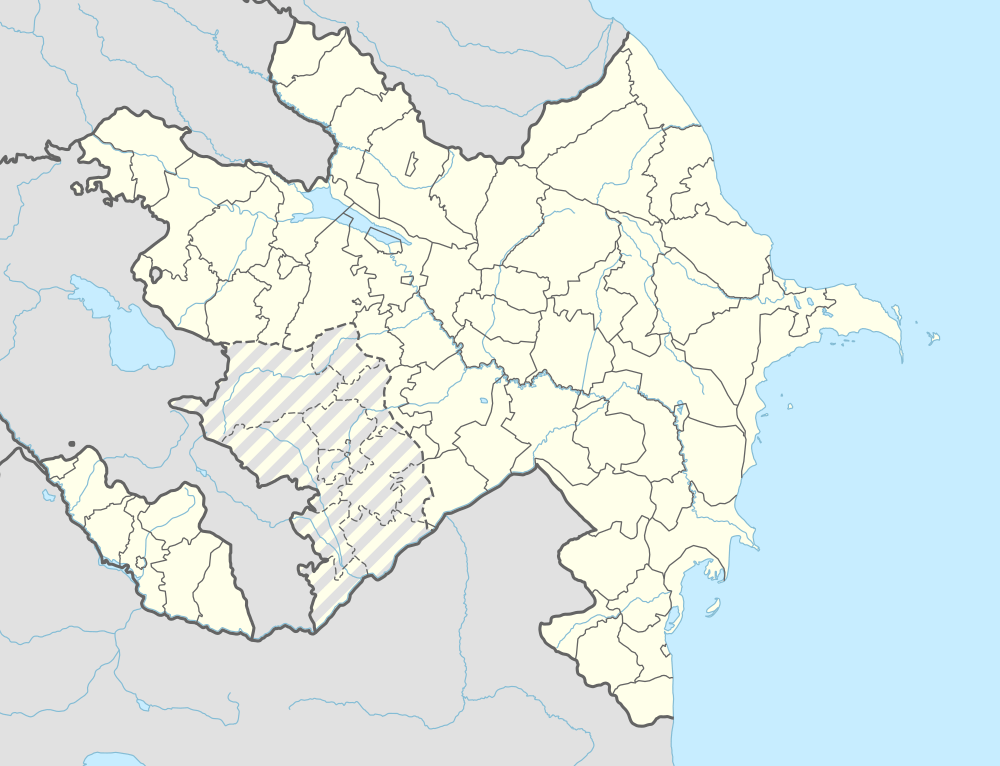Tivi
| Tivi | |
|---|---|
| Municipality | |
 Tivi | |
| Coordinates: 39°07′28″N 45°53′29″E / 39.12444°N 45.89139°ECoordinates: 39°07′28″N 45°53′29″E / 39.12444°N 45.89139°E | |
| Country |
|
| Autonomous republic | Nakhchivan |
| Rayon | Ordubad |
| Population (2005) | |
| • Total | 1,347 |
| Time zone | AZT (UTC+4) |
Tivi is a village and municipality in the Ordubad Rayon of Nakhchivan, Azerbaijan. It is located in the near of the Ordubad-Bist highway, 60 km in the north-east from the district center. Its population is busy with gardening, farming, beekeeping and animal husbandry. There are secondary school, library, club and a medical center in the village. It has a population of 1,347. The paradise of mountains, Tivi is place which are rich with the countless water resources. Here, there are the interesting monuments of the Bronze and ancient ages (the necropolis and settlement). Gamigaya drawings are in the north-east of the Tivi village.[1]
Etymology
The name of the village is related with the same named mineral springs in the area. Tivi springs are consists from the five springs. Its water is cold and carbon dioxide. It used by the local population for the purpose of treatment. At the toponomy tibi, tivi, tube, tupu used in meaning "swamp", "lake", "the place filled with water". The tupu variant of the this geographical name, can be found at the name of the Ustupu village in the territory of the district.[2]
Tivi Necropolis
Tivi Necropolis - the archaeological monument of the ancient period near of the Tivi village of Ordubad region. Was registered in 1968. Its area is about 2 hectares. It consists from the stone box-type graves. The graves are rectangular, has been directed from north to south, from west to east; its side walls built with sculpted rough stones, and floor with 2 or 3 large stone slabs. Some parts of the graves were destroyed at the result of erosion, while others during the farm works. The founded materials are consists from the ware of simple clay pot and the bronze ring which typical for the antique period, various earrings, beads made of agate. According to the findings, the monument belongs to the 3-2 centuries BC.[1]
.svg.png)